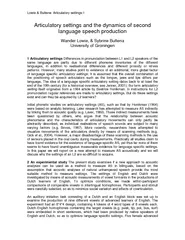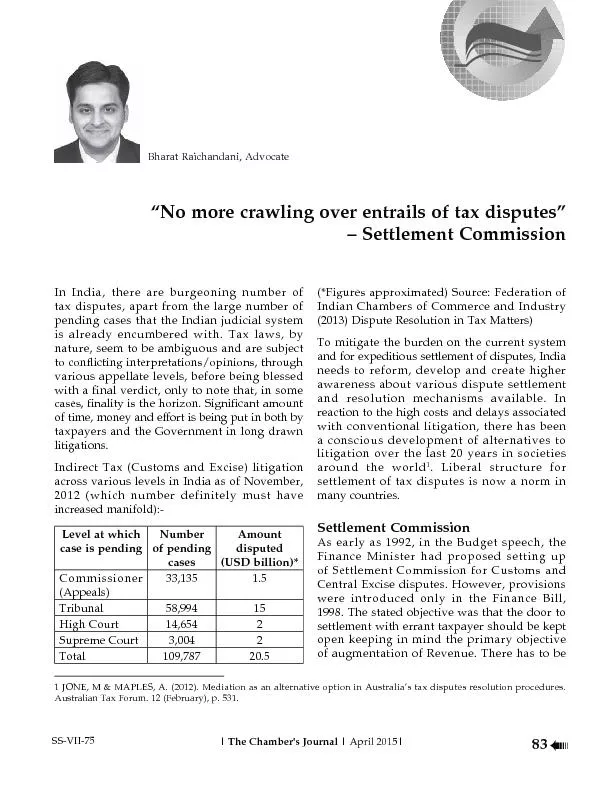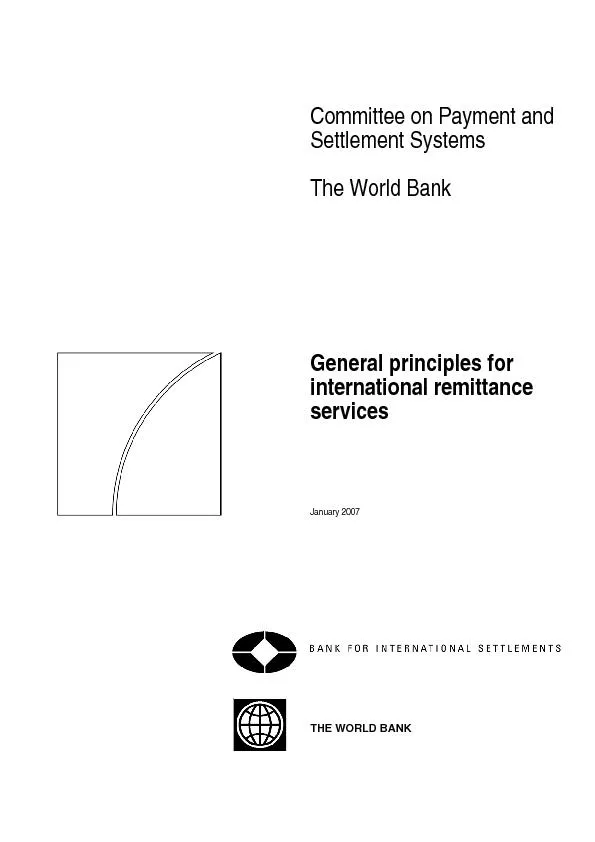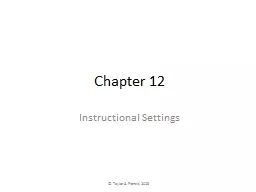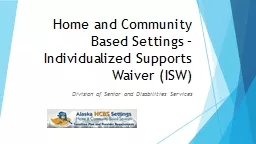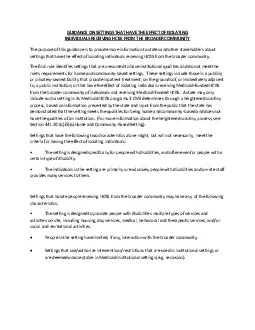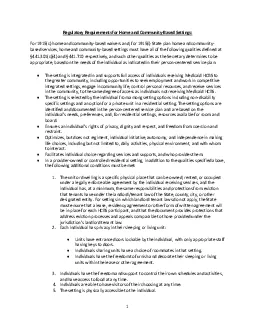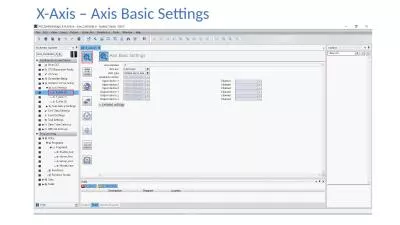PDF-Lowie Bultena Articulatory settings Articulatory sett
Author : alida-meadow | Published Date : 2015-04-30
However many studies point to existence of an additional more global factor of language specific articulatory settings It is assumed that the overall combination
Presentation Embed Code
Download Presentation
Download Presentation The PPT/PDF document "Lowie Bultena Articulatory settings Art..." is the property of its rightful owner. Permission is granted to download and print the materials on this website for personal, non-commercial use only, and to display it on your personal computer provided you do not modify the materials and that you retain all copyright notices contained in the materials. By downloading content from our website, you accept the terms of this agreement.
Lowie Bultena Articulatory settings Articulatory sett: Transcript
Download Rules Of Document
"Lowie Bultena Articulatory settings Articulatory sett"The content belongs to its owner. You may download and print it for personal use, without modification, and keep all copyright notices. By downloading, you agree to these terms.
Related Documents

